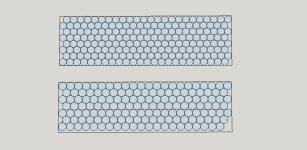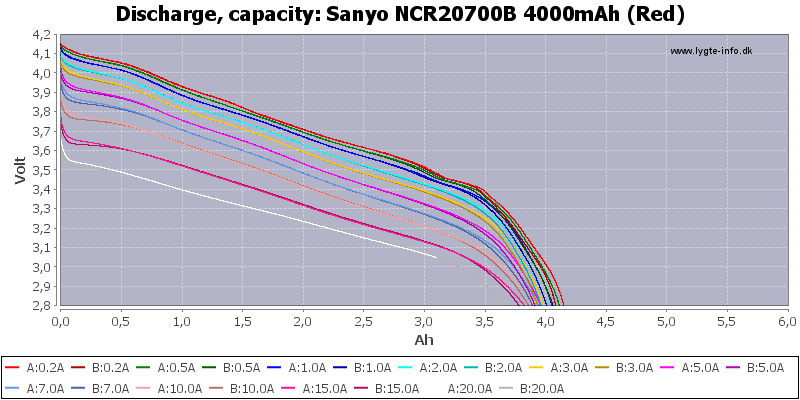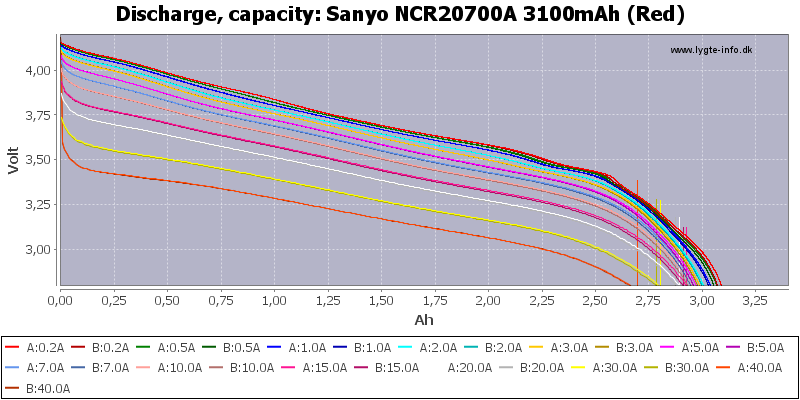And the vendors/sellers of Genuine Panasonic GA cells and the other Quality 18650 cells that are over 3100 mAh , here in the U.S.A. is / are .... Who ? ( luna only has 2500mAh cells, the INR 25R )
What prices did you find ?
Shipping costs for how many ?
Does Okashira have a website, does he only sell salvaged tesla cells ?
spinningmagnets said:
My research has shown me that the high-volume and high-current cells we ebikers crave are in a market driven by cordless tools (less than an hour ago, I used my 14S string-trimmer/weed-wacker). Laptop computers still use 18650's, but those are low-current, and compete on lowest wholesale price. I am willing to stick my neck out and predict that for the next year (at least) our best bang-for-the-buck will remain the 18650-format.





